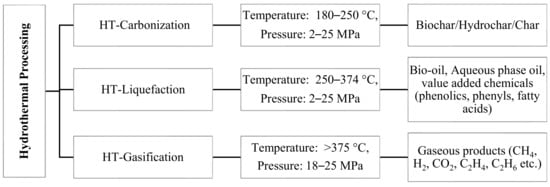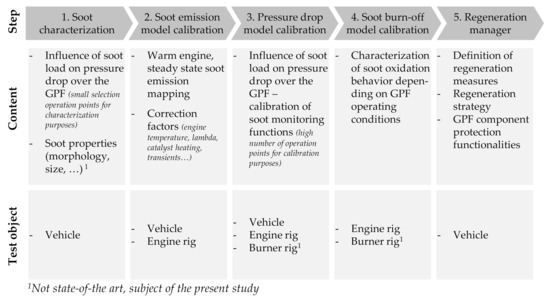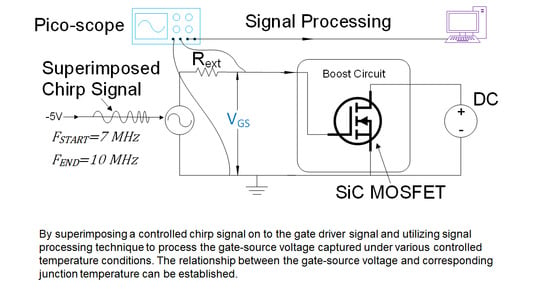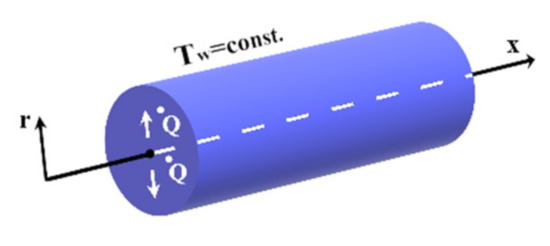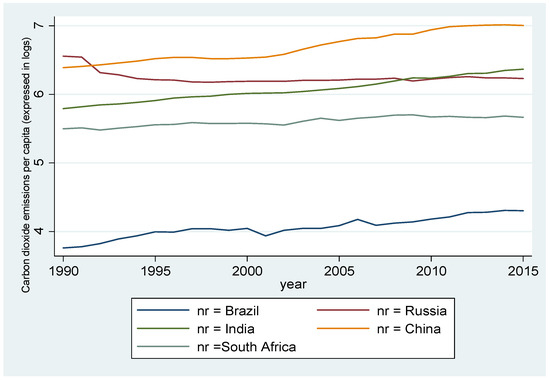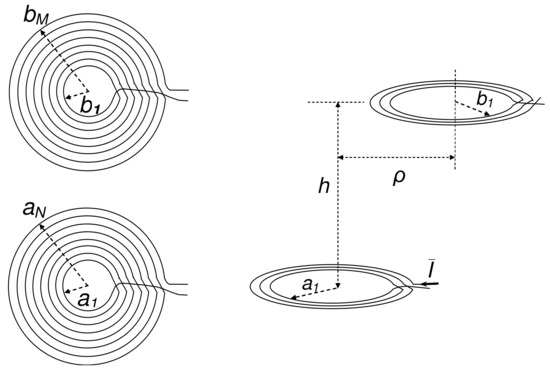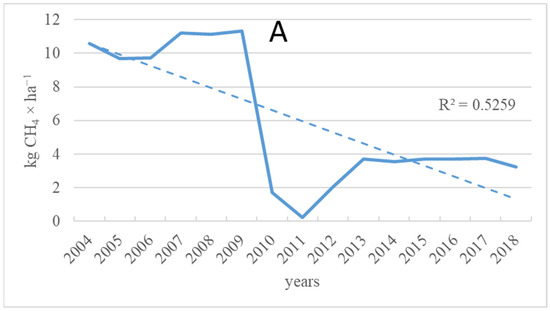Energies 2021, 14(16), 4916; https://doi.org/10.3390/en14164916 - 11 Aug 2021
Cited by 66 | Viewed by 11839
Abstract
Hydrothermal liquefaction is one of the common thermochemical conversion methods adapted to convert high-water content biomass feedstocks to biofuels and many other valuable industrial chemicals. The hydrothermal process is broadly classified into carbonization, liquefaction, and gasification with hydrothermal liquefaction conducted in the intermediate
[...] Read more.
Hydrothermal liquefaction is one of the common thermochemical conversion methods adapted to convert high-water content biomass feedstocks to biofuels and many other valuable industrial chemicals. The hydrothermal process is broadly classified into carbonization, liquefaction, and gasification with hydrothermal liquefaction conducted in the intermediate temperature range of 250–374 °C and pressure of 4–25 MPa. Due to the ease of adaptability, there has been considerable research into the process on using various types of biomass feedstocks. Over the years, various solvents and co-solvents have been used as mediums of conversion, to promote easy decomposition of the lignocellulosic components in biomass. The product separation process, to obtain the final products, typically involves multiple extraction and evaporation steps, which greatly depend on the type of extractive solvents and process parameters. In general, the main aim of the hydrothermal process is to produce a primary product, such as bio-oil, biochar, gases, or industrial chemicals, such as adhesives, benzene, toluene, and xylene. All of the secondary products become part of the side streams. The optimum process parameters are obtained to improve the yield and quality of the primary products. A great deal of the process depends on understanding the underlined reaction chemistry during the process. Therefore, this article reviews the major works conducted in the field of hydrothermal liquefaction in order to understand the mechanism of lignocellulosic conversion, describing the concept of a batch and a continuous process with the most recent state-of-art technologies in the field. Further, the article provides detailed insight into the effects of various process parameters, co-solvents, and extraction solvents, and their effects on the products’ yield and quality. It also provides information about possible applications of products obtained through liquefaction. Lastly, it addresses gaps in research and provides suggestions for future studies.
Full article
(This article belongs to the Collection Feature Papers in Energy, Environment and Well-Being)
►
Show Figures
